
“Coco,” Pixar’s 19th animated feature, was released Thanksgiving week in the US. As part of an early press day back in August, AllEars.Net was invited to take an advance look at some of the footage and get introduced to some of the places and people of “Coco.” (I wrote a bit about the first part of this day here.)
[Non-attributed photos and video are courtesy of Disney.]
Another panel we were treated to was “A Universal Story Of Family” with Adrian Molina (Writer and Co-Director) and Dean Kelly (Story Artist) discussing how the production team did research on the specifics of DÃa de los Muertos in order to make the film both culturally authentic and respectful.
–The origin of the film began in fall of 2011 when director Unkrich and Story Supervisor Jason Katz presented an idea for a story set in Mexico based on a young boy getting trapped in the Land of the Dead on DÃa de los Muertos and his journey to get out.
–It would explore universal themes of family, and what it means to be part of a family.
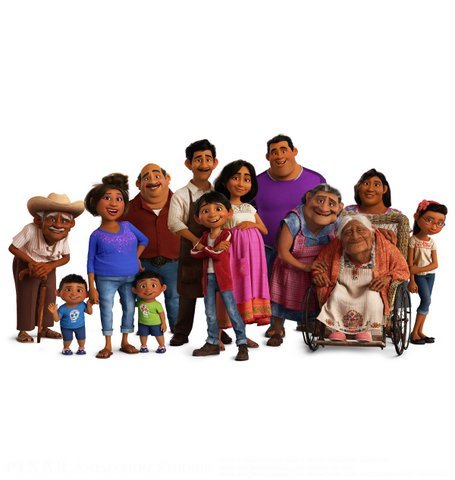
–Researchers went to Mexico to experience the Day of the Dead and the culture first-hand.
–Part of the celebration is that the souls of the dead are welcomed back to the world of the living to reunite with their families.
–An ofrenda (“offering” in Spanish) is an altar decorated to greet the spirits as they return for DÃa de los Muertos. It contains the foods and objects the dead enjoyed in life to nourish them when they come home.
–All of this keeps present the idea that your ancestors watch over you and are connected to you.
–The marigold paths are created so that their distinctive smell will guide the spirits back.

–Early in development, they decided the conflict that would drive the story forward would be Miguel having a dream of which his family disapproved.
–Examples of the conflict’s visual manifestations include Miguel getting literally trapped under the ofrenda (representing his family traditions) and his family figuratively shackling him by dropping a cobbler’s apron on him.
–In order to convey Miguel’s dreams of becoming a musician, story writers went through various revisions where he both discussed and later sang about what he wanted.
–Ultimately, the same things were conveyed simply by showing Miguel’s secret room, decorated completely in Ernesto de la Cruz memorabilia. This makeshift ofrenda reveals Miguel’s longing for connection to someone outside of his family who understands his dreams.
–The montage of video clips Miguel assembles of different de la Cruz performances and interviews are reminiscent of the old World of Color segments they used to do on animators and made people feel the depth of Miguel’s passion instead of just understanding it.
Next up were Harley Jessup (Production Designer), Danielle Feinberg (DP-Lighting), and Chris Bernardi (Sets Supervisor) talking about “The Land Of The Living And The Land Of The Dead.”
–Miguel’s environment is based on a typical rural Mexican town, with the shoe workshop intended to feel oppressive with the tools and materials of generations of shoemakers.
–The Day of the Dead displays use flowers for daytime decorations, and hundreds of candles to light up the cemeteries at night.

–The Marigold Grand Central Station in the Land of the Dead, with its cast-iron, Industrial Revolution ties, was inspired by several buildings including the Palacio de Correos de Mexico.
By Diego Delso, CC BY-SA 3.0, Link

–The Land of the Living is whitewashed walls with accents of brilliant color and dusty streets. The Land of the Dead, by contrast, is nighttime, lit with artificial/theatrical lighting.
–There is no living vegetation in the Land of the Dead, except for the marigold petals they bring back from the Land of the Living.
–The vertical architecture in the Land of the Dead reflects the passage of time, with Mayan pyramid influences on the bottom and progressively modernizing to the present day at the top.

–The Land of the Dead is marked by skull motives and lit by 7 million lights.
–The lighting is designed to not only enhance the impression of Mexico, but to adjust the mood of a scene as well.
Finally, “Coco” would not have been complete without the music that pervades the entirety of the film. Michael Giacchino (Composer), Germaine Franco (Orchestrator), Camilo Lara (Consultant), Adrian Molina (Writer and Co-Director), and Federico Ramos (Guitarist) came together to talk (and play) “The Music of Coco.”
–The goal was to create music for the film as if it came organically from a small town in Mexico.
–They recorded with many musicians in Mexico to develop the sonic landscape of Miguel’s hometown, Santa Cecilia.
–Both well-known traditional music from throughout Mexico was used, as well as music composed by Giacchino in various Mexican styles, such as Mariachi.
–Giacchino wrote Miguel’s theme to embody his youthful buoyancy and confidence in his dreams.
–Hector, Giacchino envisioned as a traveling salesman of sorts, who only cared about getting what he wanted out of a deal. His theme is a waltz.
–The song “Remember Me” (by “Frozen” songwriters Kristen Anderson-Lopez and Robert Lopez) is an iconic song that is played several different ways and encapsulates the many themes that run throughout the movie.
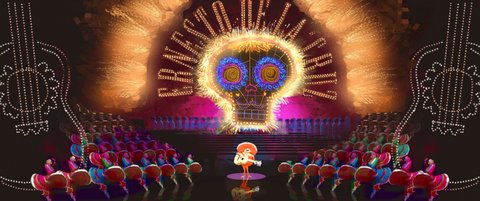
–“Un Poco Loco” serves the needs of the story as a song Miguel sings at a talent show, but also reflects the conflicts he has with both Hector and his extended family. The idea is that even if you love someone and want to get along with them, they can occasionally drive you crazy.
“Coco” opened in theaters November 22, 2017, along with the featurette “Olaf’s Frozen Adventure” which I wrote about here. Now playing! Go!


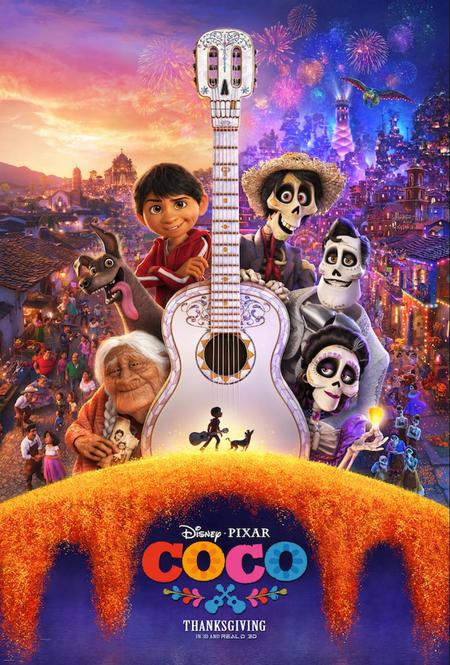
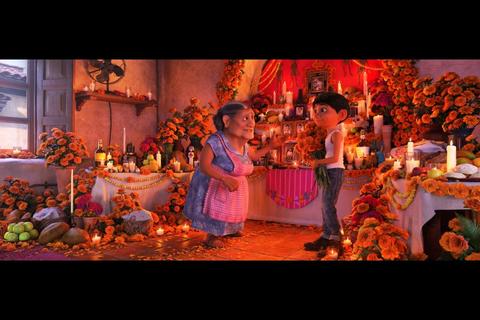
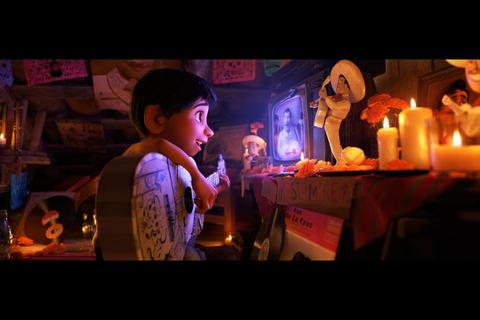
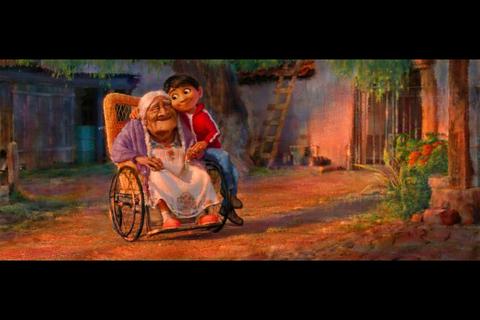

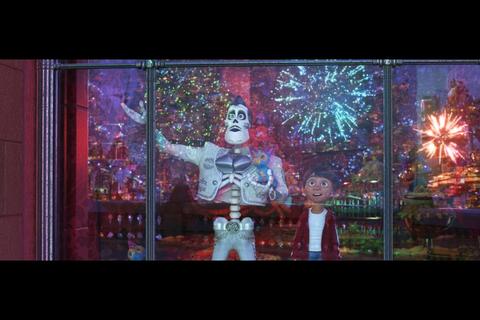



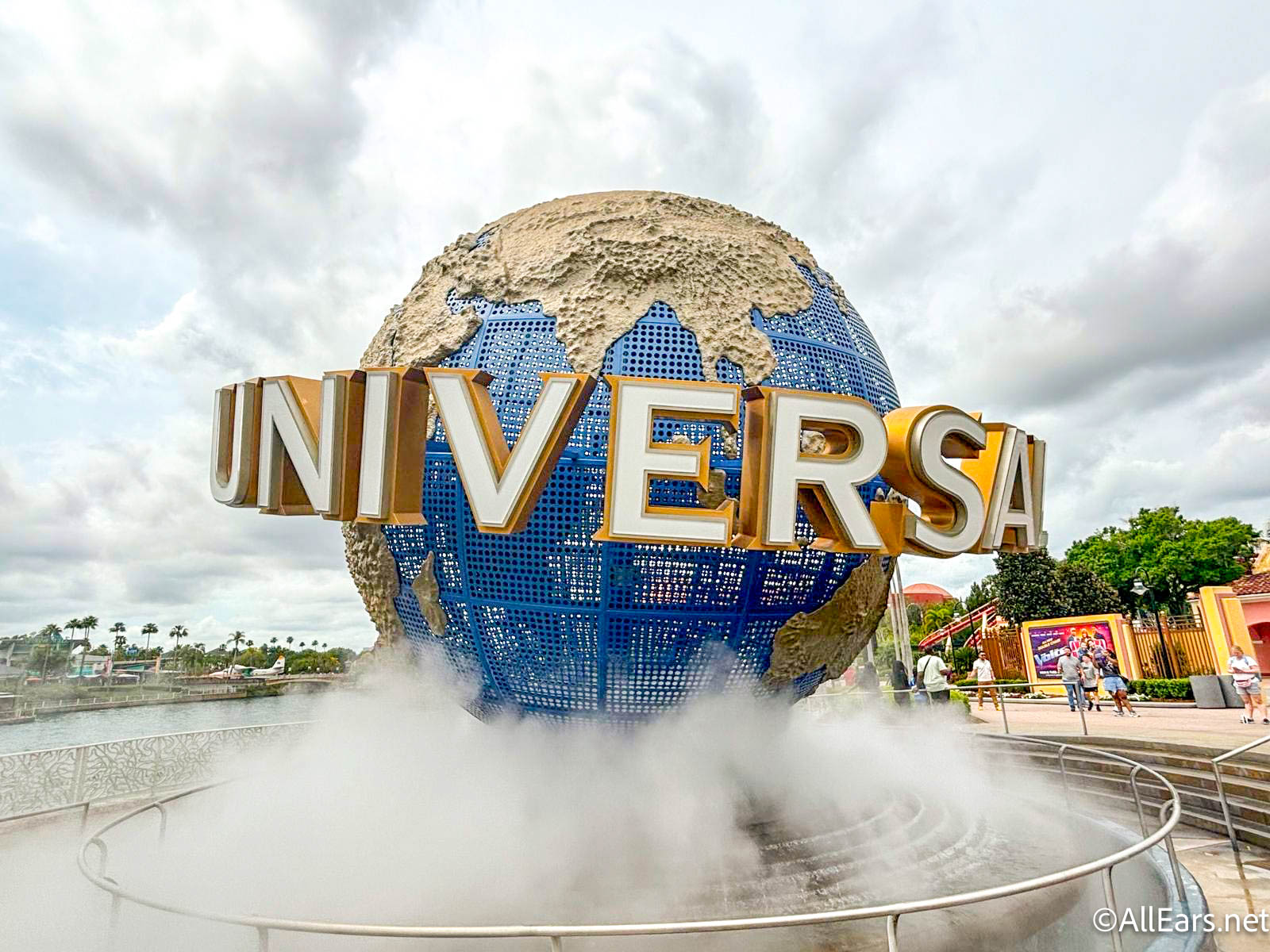
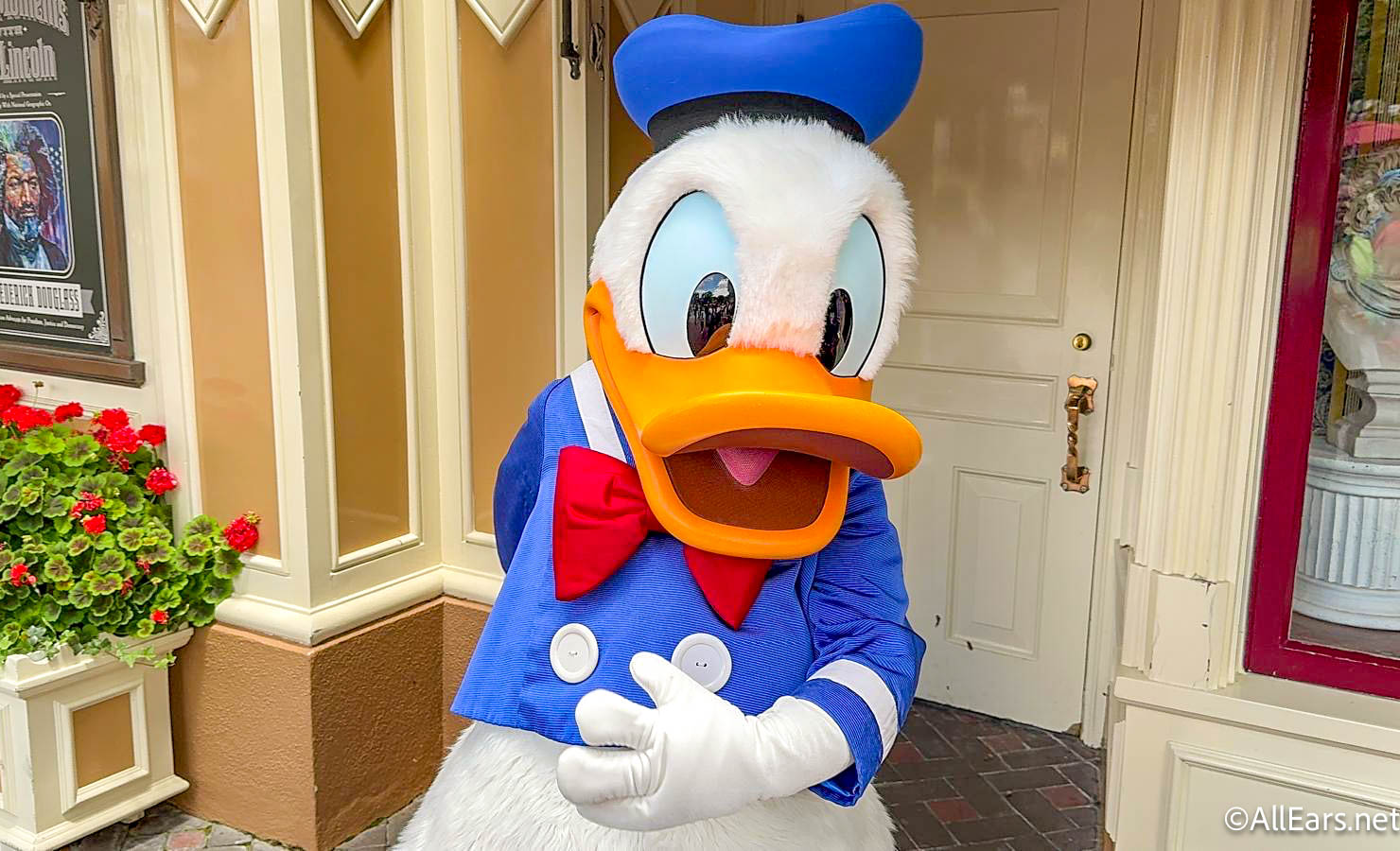
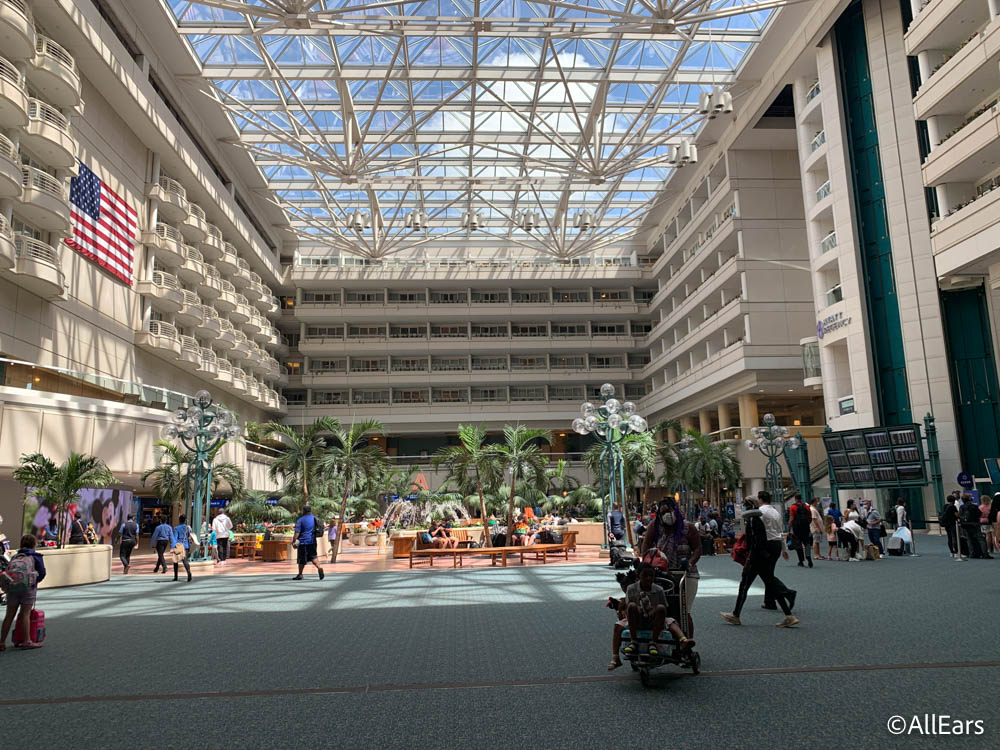












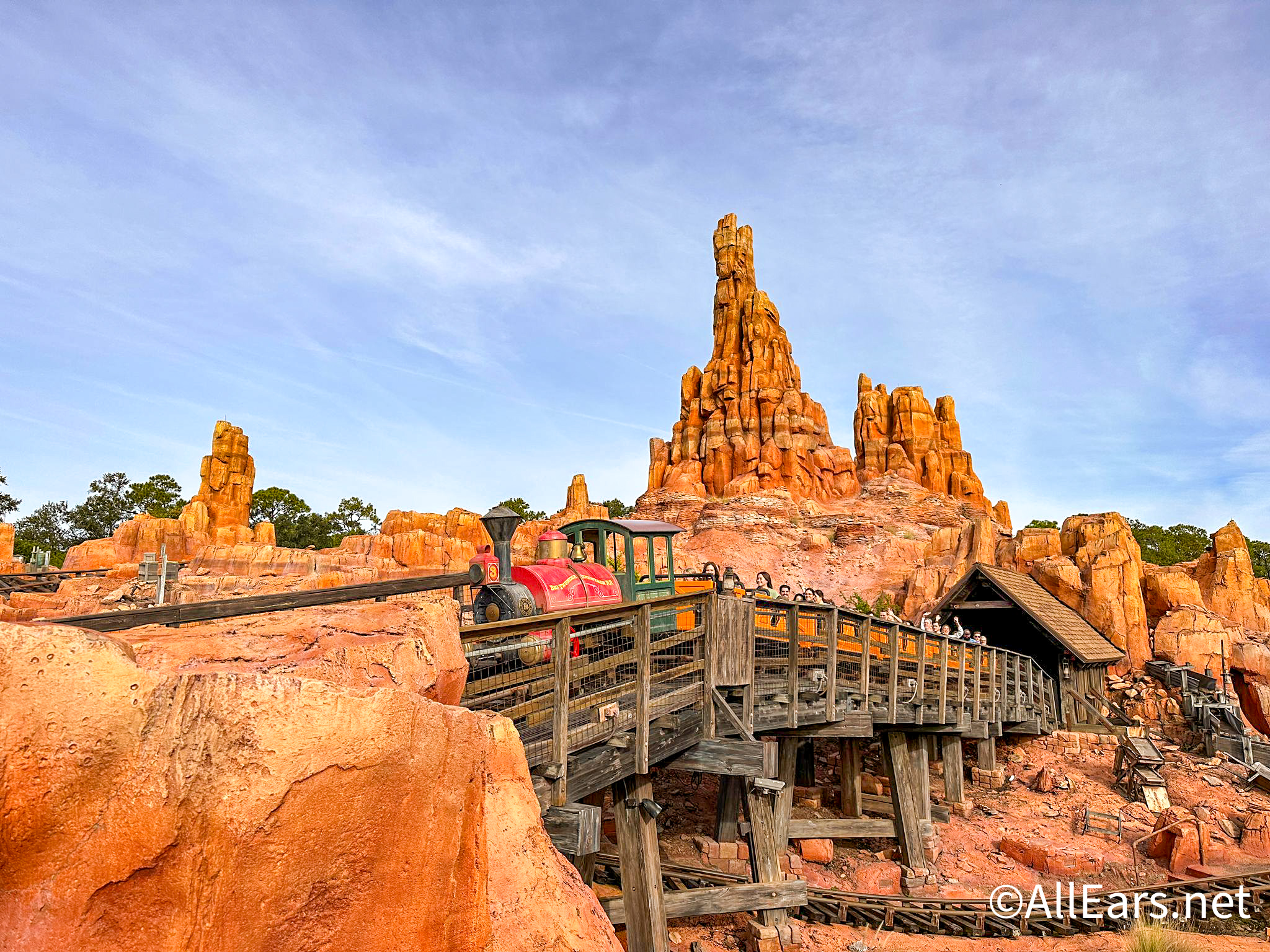



Trending Now
How did the 4th of July affect Disney World's wait times?
Grab these LEGO sets before they're gone!
We're rounding up the BEST ride hacks for your visit to Universal Orlando!
There's a NEW Donald Duck Loungefly collection online you've gotta see!
Bad weather has led to hundreds of delays at MCO!
Amazon has Loungeflys on sale as part of Prime Day!
Disney is changing how you dine at the parks!
Staying at one of the Magic Kingdom monorail resorts, Disney’s Grand Floridian, Disney’s Polynesian Village,...
Amazon is clearing out the Disney vault!
Amazon Prime Day is giving us amazing deals on Oura Ring accessories!
Donald Duck is back in his official meet and greet spot in EPCOT!
We're showing off some must-have shirts for grandmas going to EPCOT!
Brightline Florida is getting one step closer to expanding to Tampa!
We're sharing the worst-reviewed restaurants in Hollywood Studios!
We asked our resident Disney adults which ride at Hollywood Studios they would rope drop...
Here's why you might want to skip your visit to Disney World this year.
Here's what you've gotta know about Disney World's "Other" Airport!
We are rounding up everything that is closed this week in Disney World!
These new Coca-Cola bottles in Disney World and Disneyland have something strange going away.
Deluxe Resort guests can look forward to this BIG perk at Disney World in 2026!